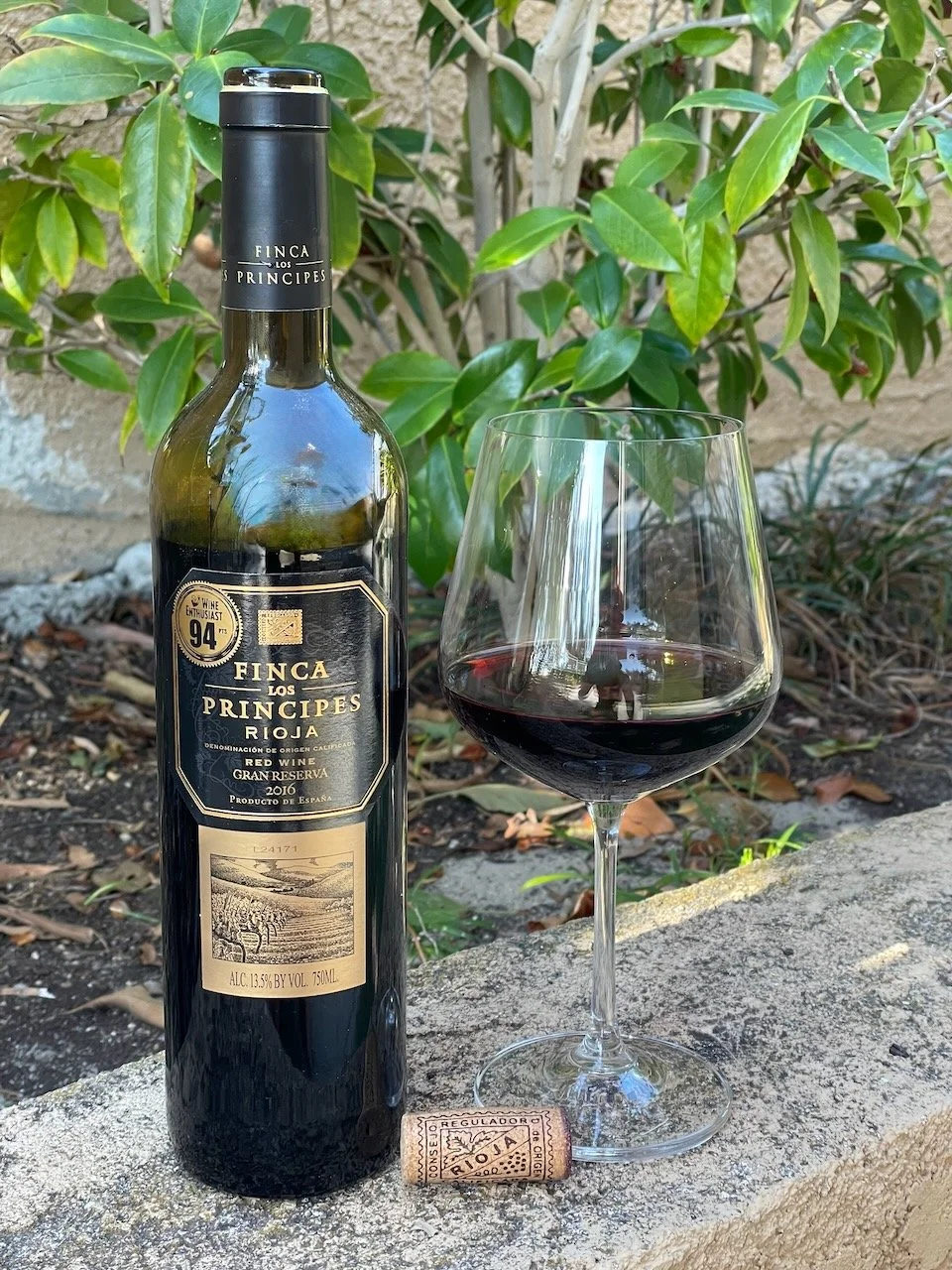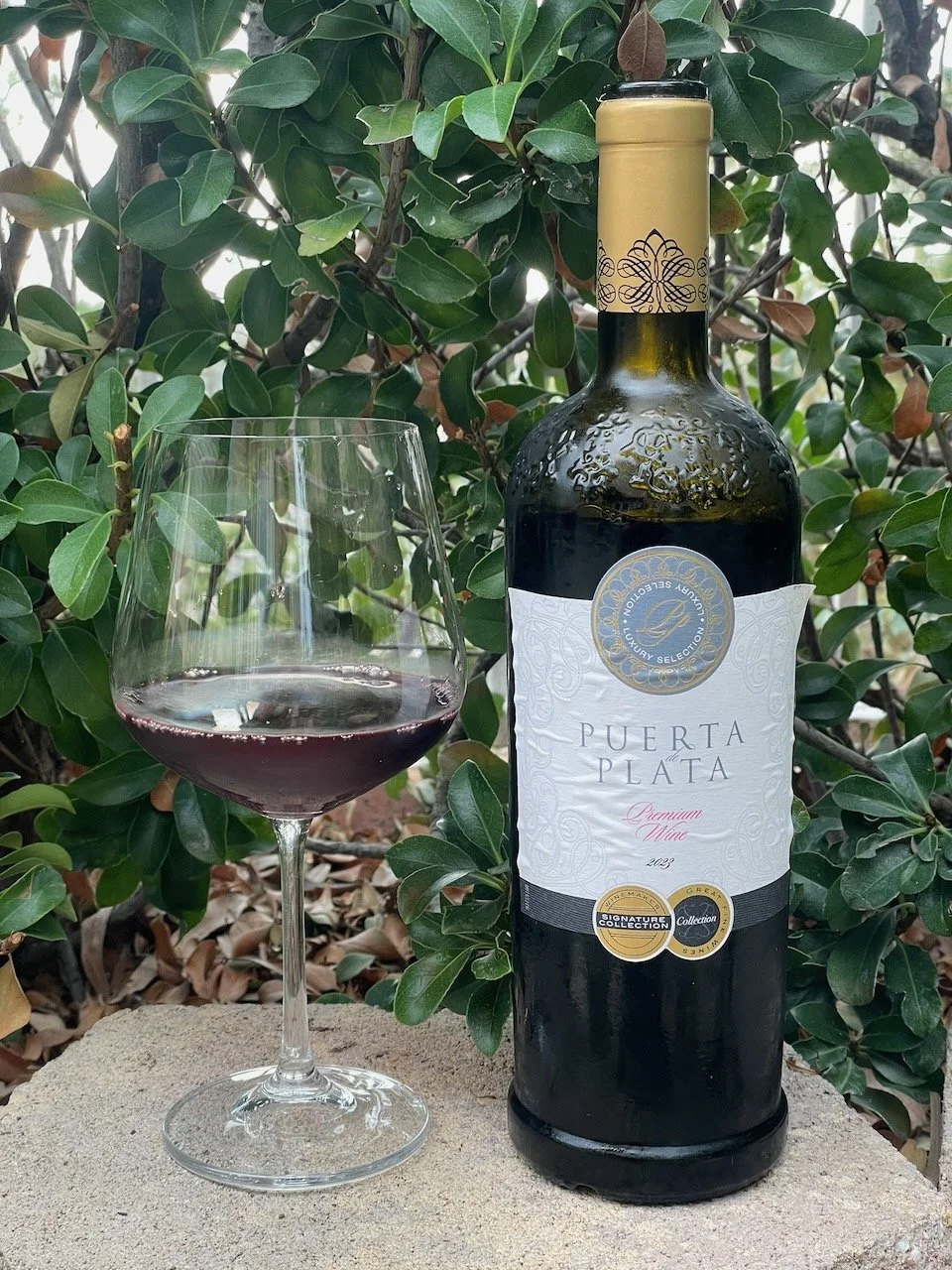Photo by Fran Taylor on Unsplash
Sparkling wines always seem to be special. And plenty of corks get popped each year. It’s estimated that in 2024, the global consumption of sparkling wine was about 5.4 billion liters or 7.2 billion bottles!
In 2024, the Prosecco DOC denomination of Italy produced about 660 million bottles. So, Prosecco DOC accounts for about 9‑10% of global sparkling wine consumption.
Prosecco is the sparkling wine from the Veneto region of northeastern Italy that is often compared to the best known sparkling wine, Champagne. But, unlike Champagne, it is produced using the Charrmat method where the secondary fermentation occurs in large stainless steel tanks versus in the bottle. And, the grapes used in Prosecco but be at least 85% Glera whereas Champagne is produced from Chardonnay, Pinot Noir and Pinot Meunier. Prosecco’s bubbles do tend to be larger and actually softer than Champagne.
Prosecco is produced in several quality levels:
Prosecco DOC - The most common Prosecco that is produced is the Veneto and Friuli Venezia Giula regions
Prosecco Conegliano Valdobbiadene Superior DOCG - a top-tier Prosecco made exclusively in a specific hilly area of Veneto
Prosecco Colli Asolani DOCG - Known as Asolo Prosecco Superiore DOCG, this is the second DOCG-level Prosecco zone though smaller and less famous
Prosecco Conegliano Valdobbiadene Superiore Rive DOCG - Some of the highest-quality, terroir-specific sparkling wines within the Prosecco world
Prosecco Valdobbiadene Superiore di Cartizze DOCG - The most prestigious, limited, and luxurious of the entire Prosecco classification system
These Prosecco sparkling wines are produced in the following styles:
Extra Brut - Contains 0-6 g/L of Residual Sugar that tend to somewhat rare
Brut - Contains 0-12 g/L of Residual Sugar with crisp, clean and zesty flavors
Extra Dry - Contains 12-17 g/L of Residual Sugar with sweet, fruit flavors
Dry - Contains 17-32 g/L of Residual Sugar that is sweet and rich, a dessert-like wine
So, be sure to look for and try Prosecco. It’s a lot more affordable than Champagne with similar light, fresh and fruity flavors. Perfect for any celebration for just sipping with most any food. Cheers!






